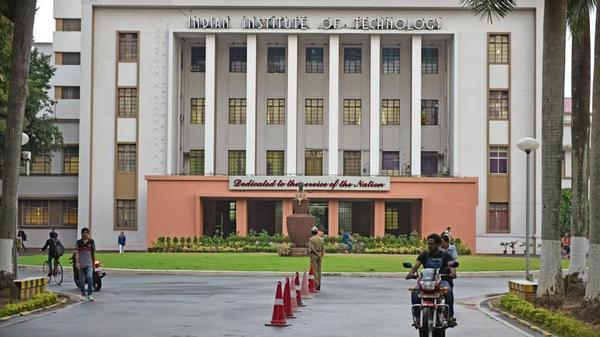As the Times Higher Education (THE) Asia University Ranking were released recently, it is bad news all over again insofar the competitiveness of the country’s Universities is concerned.
Though India is the third most represented country in the Asia rankings, with eight institutes in the top 100, THE claims that IITs are heading towards a ‘decline’.
The Indian Institute of Science (IISc), Bangalore has retained the top position in the country by retaining the 36th position in the Asia rankings. Six IITs- Delhi, Roorkee, Kharagpur, Bombay, Indore and Ropar too have figured in the top 100.
This is India’s best performance since 2016, in terms of the number of Universities that have figured in top 100 Asian Universities, but the picture is different in terms of ‘quality’.
THE has noted that “overall picture for India’s IITs (is) one of general decline amid increased regional competition”.
Barring IIT Delhi and IIT Kharagpur that have improved their performance over the last year, and IIT Ropar that has appeared in the rankings for the first rime and became only the second Indian institute to break into top 50 this year, all other IITs have scored lower.
THE stated, “This decline comes despite four Indian institutions improving on their overall 2019 rankings score, suggesting the negative movement is down to the increased number of qualifying universities from across Asia.”
It added, “Many IITs, including IIT-Bombay, IIT-Delhi, IIT-Kharagpur and IIT-Madras, are making general improvements across teaching, research, and industry metrics compared to 2019. However, at the same time, they are seeing a downward trend in citation scores (only IIT-Roorkee and IIT-Delhi improved from 2019) and continued stagnation when it comes to internationalisation (with only IIT Bombay and IIT-Madras seeing any sizeable improvement).”
Clearly, the observations of THE revolve around lack of robust research and innovation at the IITs- India’s premier technological institutes.
Even apart from THE Asia University rankings, it is clear that IITs have time and again failed to secure respectable rankings at a global level. None of India’s top institutes and Universities have crossed the benchmark of top 100 Universities/ institutes across the world.
Their rankings usually hover in the range of 100 to 500. As THE also underscores, the core issue with the IITs is the lack of research and innovation leading to lower citation scores.
Last year, THE released the list of World’s top institutes for 2020 and what came as a shock was that even one IIT could make it to the top 300.
IIT Kanpur, one of the leading IITs, was given a research score of 24.5 and citation score of 35.2, which is way below par compared to China’s Peking University that boasts of research score of 90 and citation score of 73.2.
The IITs produce world-class professionals and have been at the forefront of academic excellence, giving an economic fillip to the country. But the research work these institutions produce is very less and not up to the global standards.
Moreover, faculty shortages have hurt the quality of IITs, as it harms both the productivity of the students and international rankings.
There is also an issue with faculty performance. Last year, it was reported by Livemint that more than 50 per cent of the IIT Professors are said to be performing below par, which is affecting the research environment and brand image of the premier institutes.
The IITs had discussed a note at the council meeting on September 27, in which they said, “It has been observed that despite having very good credentials, large numbers of faculty do not put in enough effort on research and teaching. Over a period of time, this number has gone up to an extent (of) more than half.”
The note added, “As a result, there is pressure on the administration to lower the criterion for evaluation. This becomes more fatal if heads of the institutes (directors) and other administrators like heads (of departments) and deans come from this category (of non performers).”
This is why most of the IITs are lagging behind, while a dark horse, 11-year old IIT Ropar is leaving most of the older IITs behind.
It has secured the highest ranking among IITs in THE Asia rankings having secured the 47th rank, and last year it shared the top spot with IISc-Bangalore in Times Higher Education rankings. None of the Indian universities figured in the top 300, while IIT Ropar was the only IIT to figure in the 301-350 rank.
IIT Ropar has focussed on higher research-student ratio as 513 of total 2,004 students are PhD students. It has also broadened the scope of curriculum with four types of degrees unlike other IITs that have become technical institutes with narrow focus.
India spends substantially on its IIT students and this is why IITs are supposed to deliver. In fact, 26.96 per cent of the total government spending goes towards IITs that have just 1.18 per cent of the students. In 2016, Modi government had stated that on an average, it spends Rs. 6 lakh on every IIT student per year.
If even with this lopsided approach in government fund, they cannot break into the top 300 of THE global University rankings, then there have to be some faults at the level of the institutes themselves.
THE Asia University Rankings must come as a wake-up call for the IITs and the Modi government. IITs have officially become relics of the Indian education system and they must be revamped.
